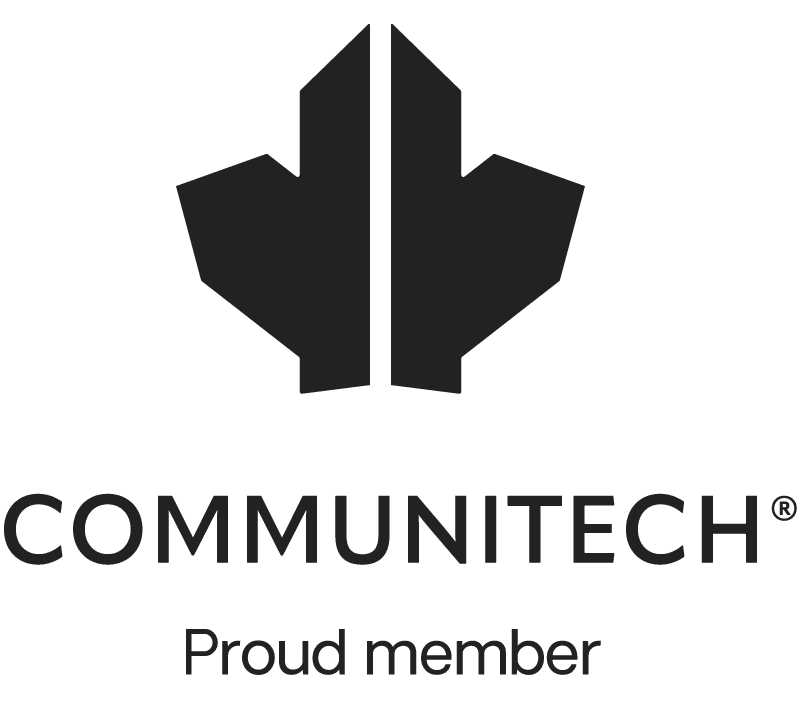

The Global Waste Generation Crisis and Circular Economy as a Viable Solution
The industrial revolution brought us linear production and consumerism. Consumerism gave us an excuse to take, make, waste, and repeat. Now, the world faces a waste generation crisis that is only going to get exponentially worse if the behaviors and lifestyles of organizations and individuals do not change. At Clean Conduit, we believe the Circular Economy framework is the key to holding the largest waste contributors responsible for their actions in order to build a greener world for future generations.
The Problem
Each day, roughly 0.74 kilograms of waste is produced per person globally. With a number that comprehensible, global waste generation may not seem like an issue that would top the charts on the greatest challenges faced by the world today. However, when that small 0.74 kilograms is multiplied by the 7.9 billion people living on Earth and then even further multiplied by the 365 days in a year, global waste generation amounts to about 2 billion tonnes of waste produced each year. Simply put, waste production is a global catastrophe.
Since the industrial revolution, modern society has largely embraced the concept of linear production. We take the Earth’s natural resources to make something that will satisfy consumer demand and then throw it away after minimal use. It is a take-make-waste way of life, and it is detrimental to the future of the planet. Without a long-term solution, the World Bank estimates global waste will increase by 70% as of 2050.

The Solution
The concept of a Circular Economy (CE) was first popularized in China in the 1990s. It was a response to the emerging challenge of a growing economy with limited natural resources. In other words, its intention was to address the increasing issues that a take-make-waste linear economy created. The Circular Economy framework would transform the material society into a reduce-reuse-recycle way of life.
Today, the Circular Economy is viewed as a model of production and consumption that has the potential to be a long-term solution for the global waste crisis. At the heart of the model is the idea of the triple bottom line – people, planet, profit – where social and environmental considerations are equally valued to economic benefit. In this way, economic growth and development can coexist in an equilibrium with environmental concerns and resource use.
The Circular Economy framework consists of the six “R’s” – reuse, repair, refurbish, remanufacture, repurpose, and recycle – each of which aims to extend a product’s life and minimize waste generation.
➞ Reuse
Reuse is the repeated use of a product either by a single consumer or by many different consumers. The product is simply used to the point of no return, or it is passed through many different hands that each contribute to ensuring that product reaches the point of no return before it becomes waste. The key differentiator with this “R” is that the product is continually used for the purpose it was sold for.
➞ Repair
The idea that a product, or some small component of that product, is made functional again. In this way, the product’s lifetime can be extended far greater than the lifetime of a brand-new product that may eventually have the same issue as its predecessor.
➞ Refurbish
One person’s trash is another person’s treasure. Not only is refurbishing products beneficial on the environmental front, but there is money to be made in transforming old products into new products that can be sold again.
➞ Remanufacture
Remanufacture is the industrial “R” of the circular economy. It is the practice of sending a product through an industrial process that, at the very minimum, returns the product to its original function and performance. The expectation of the remanufactured product is that the warranty will be equivalent or potentially even better than a brand-new version of that product.
➞ Repurpose
Repurpose is the notion that the function of a product is not solely what that product was marketed to do. This “R” is about elevating an existing product such that either materials are added to the product for better and extended use or the existing product itself is used in an alternative function to the purpose that it was originally acquired for.
➞ Recycle
Often the first “R” that comes to mind when considering the Circular Economy. When a product has finally reached its end where it can no longer be reused, repaired, refurbished, remanufactured, or repurposed, the circular economy necessitates that the product is broken down into its virgin material to be transformed into another product. The life cycle begins again, and the Circular Economy framework keeps on turning.
➞ Rethink
While the final “R”, Rethink, is largely a behavioural change, it is the most crucial of all the “R’s” in establishing systemic change. It requires society to completely reconsider every business model, production/manufacturing process, consumption pattern, etc., such that less becomes viewed as more. It is the backbone of the previous six “R’s” in making the transition from a take-make-waste society to a true circular economy.







